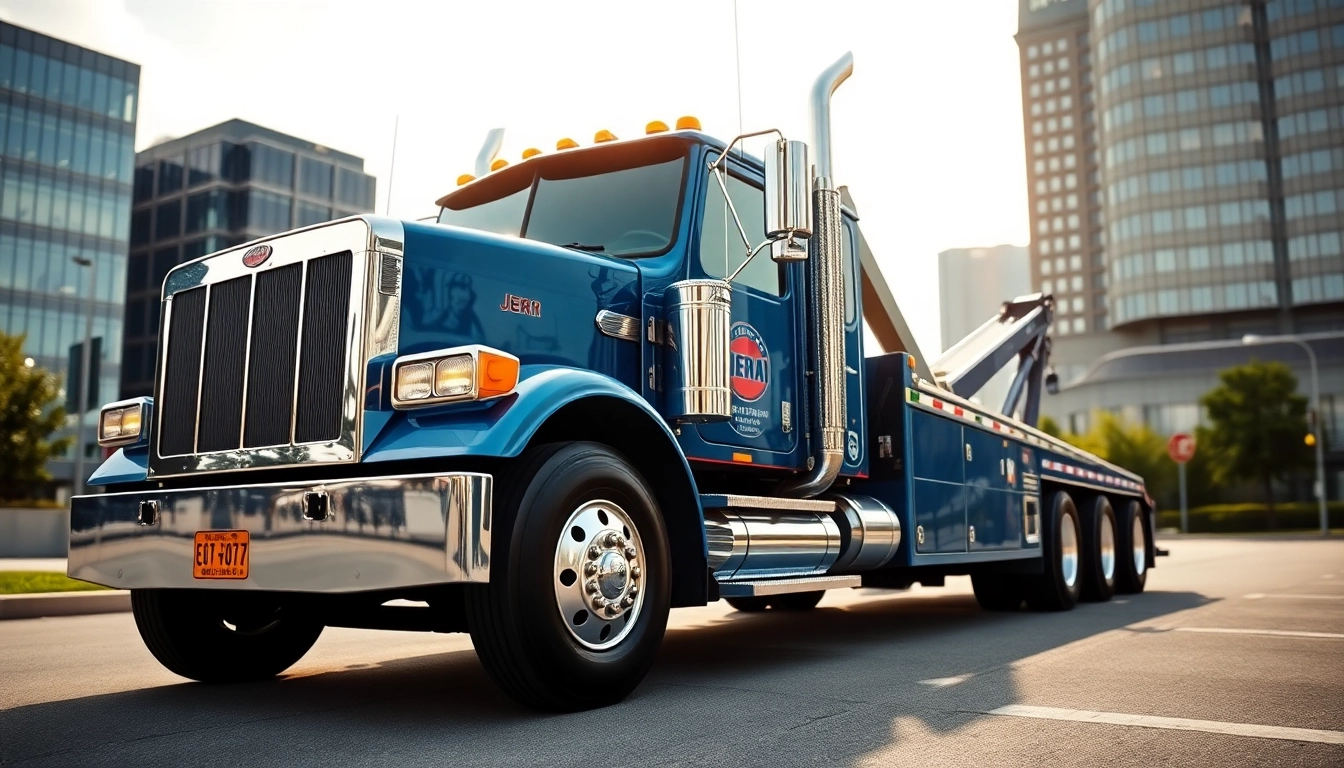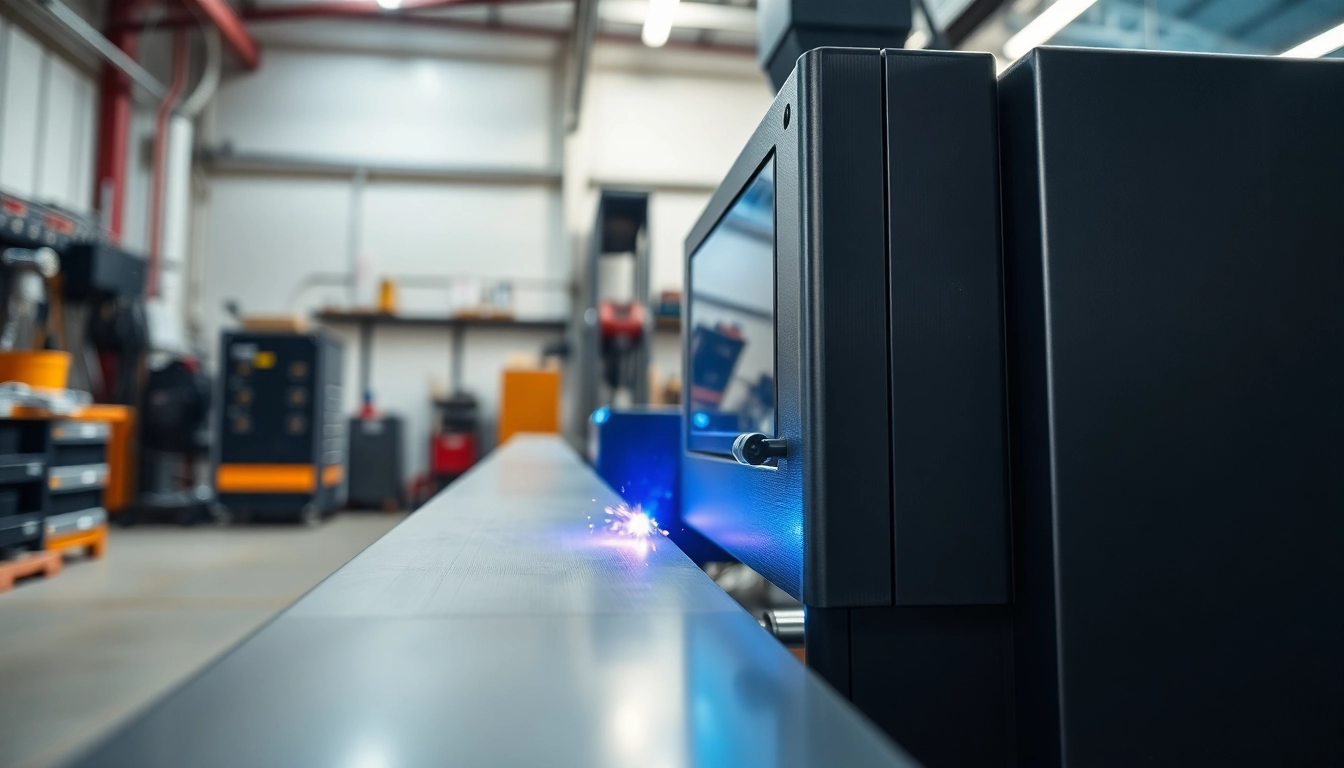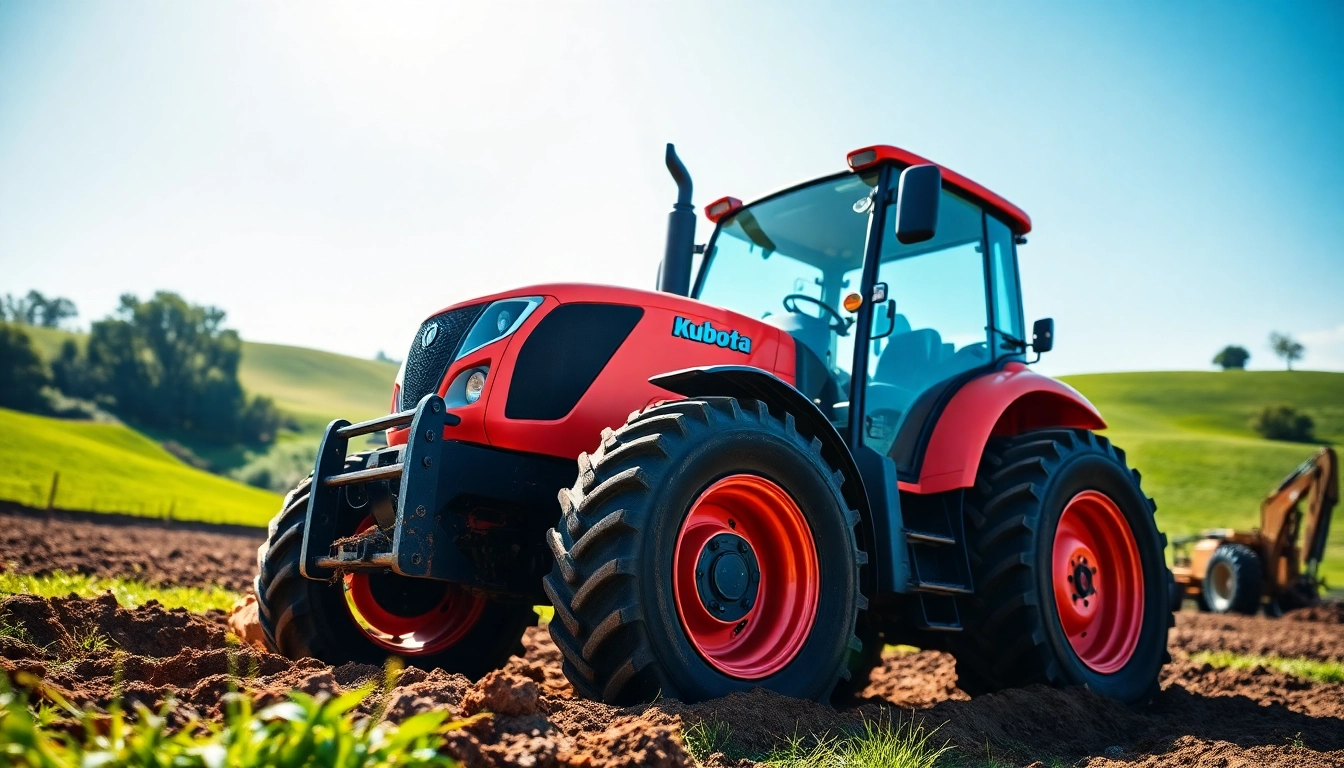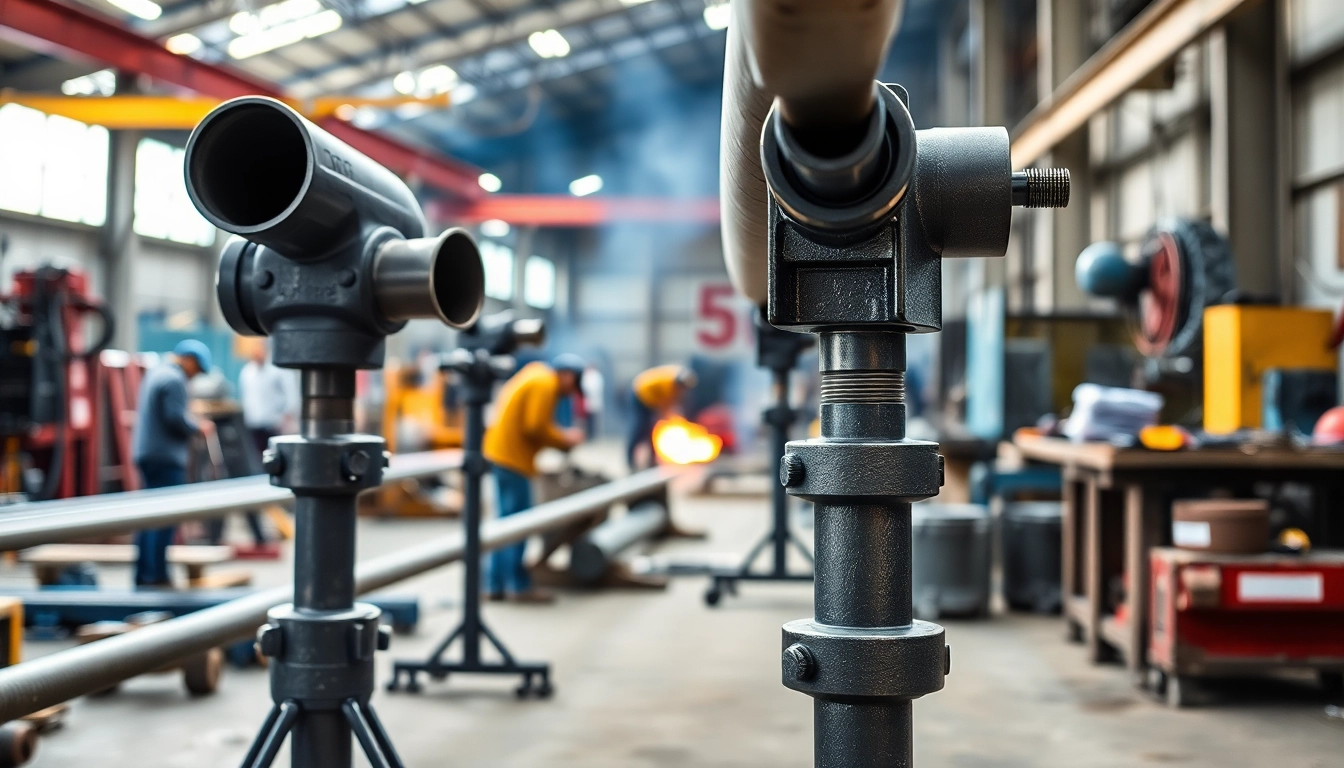Understanding Precision Die Cutting
Precision die cutting is a manufacturing process that allows for the creation of highly detailed and specific shapes from materials such as paper, plastic, metal, and foam. By utilizing specialized tools and techniques, precision die cutting delivers products with exceptional accuracy, which is crucial in various applications across numerous industries. As manufacturers strive for efficiency, consistency, and quality, precision die cutting has gained a significant foothold in the production landscape, making it an indispensable method in manufacturing today.
What Is Precision Die Cutting?
Precision die cutting refers to the use of steel rule dies or rotary dies to accurately cut, shape, or mold materials into specific forms. This precise methodology is essential for producing components that require exact dimensions and minimal tolerances. Whether creating intricate designs for packaging, custom gaskets, or parts for electronics, precision die cutting provides manufacturers with the ability to craft products that meet stringent specifications.
Key Benefits of Precision Die Cutting
The advantages of precision die cutting are manifold:
- Accuracy: The finely-tuned dies ensure that each cut is consistent, greatly reducing waste and production costs.
- Versatility: Precision die cutting can work with a multitude of materials, making it suitable for various industries such as automotive, medical, electronic, and consumer goods.
- Cost-Effectiveness: With the ability to produce large quantities quickly, companies can lower their per-unit manufacturing costs significantly.
- Speed: Modern die cutting technology allows for high-speed production, which is crucial in today’s fast-paced manufacturing environment.
- Design Flexibility: Precision die cutting supports complex shapes and designs that can be customized to meet specific customer needs.
Applications Across Industries
Precision die cutting finds itself used across a variety of sectors, showcasing its adaptability:
- Packaging: Companies utilize precision die cutting to create specialized shapes for boxes and inserts to protect products during shipping.
- Automotive: Die cut parts can be found in seals, gaskets, and other components critical for automotive manufacturing.
- Medical Devices: Precision die cutting is vital in producing components for surgical devices and medical-grade adhesives.
- Electronics: Manufacturers use die cutting for precise components that fit within electronic devices, including circuit boards.
Types of Precision Die Cutting Techniques
Flatbed Die Cutting Explained
Flatbed die cutting is one of the most common methods used in precision die cutting. In this technique, a hydraulic flatbed press applies pressure to a steel rule die placed against the material. The die then cuts the material into the desired shape. This method is particularly effective for thicker materials and larger cut pieces.
However, flatbed die cutting may require longer setup times compared to other methods, and while it is excellent for short production runs, it may not be as efficient when producing high-volume orders. It is most effective for applications where the utmost precision is required over a variety of shapes and sizes.
Rotary Die Cutting: Advantages and Uses
Rotary die cutting employs cylindrical dies that rotate against a flat material. This method is especially advantageous for high-volume productions where speed and efficiency are essential. Rotary dies cut the material in a continuous feed, allowing for a seamless transition through the process.
This method is highly suitable for thinner materials, including paper and film, and is widely used in the packaging industry for labels and flexible packaging. It warrants fine tolerance levels and is typically more cost-effective in large-scale operations compared to flatbed die cutting.
Comparing Laser and Precision Die Cutting
Laser die cutting has emerged as a modern alternative to traditional methods. This technique uses a focused laser beam to cut through various materials with great precision. Unlike mechanical cutting, laser cutting eliminates the physical pressure exerted by dies, reducing the risk of material deformation.
Though laser die cutting allows for complex shapes and finer details, it may not always be the best choice for high-volume production because of the slower speed relative to rotary die cutting. However, for intricate designs or delicate materials, it remains unmatched.
Choosing the Right Precision Die Cutting Service
Evaluating Vendor Credentials
When selecting a precision die cutting service, it is pivotal to evaluate the vendor’s experience and credentials. Look for companies that have a proven track record in the industry, and consider client testimonials and case studies that showcase their ability to meet exacting standards. Certifications such as ISO can also indicate a commitment to quality and process management.
Factors Influencing Cost and Quality
Several factors determine the cost and quality of precision die cutting services while balancing them is critical:
- Material Type: The choice of material can significantly impact both cost and quality. Some materials require specialized dies or treatments, affecting the overall pricing.
- Complexity of Design: More intricate designs necessitate higher costs for tooling and engineering time.
- Volume of Production: Higher volumes can lead to decreased per-unit costs due to initial setup and die preparation amortization.
Implementation and Turnaround Time
Understanding the expected implementation timeline is important to align with project timelines and deadlines. Turnaround times can vary significantly based on the complexity of the die, the volume of the order, and the specific technologies utilized within the process. It is advisable to establish clear communication with your vendor to determine realistic timelines to avoid disruptions.
Technical Considerations in Precision Die Cutting
Tolerances and Material Selection
The level of tolerance is crucial in precision die cutting. Typical tolerances can vary based on the materials used and the methodology deployed. For example, steel rule dies may provide tolerances as tight as ±0.005 inches, while rotary dies can achieve even tighter specifications. Careful material selection also plays a role, with some materials better suited for specific applications than others.
Common Challenges in Precision Die Cutting
Like any manufacturing process, precision die cutting faces challenges, including:
- Material Deformation: Pressure exerted during die cutting may cause materials, especially thinner ones, to deform or warp.
- Die Wear: Over time, the cutting edges of dies can wear down, affecting cut quality; regular maintenance is essential.
- Complexity of Design: Extremely complex designs may lead to complications in prototype development and scaling up production.
Quality Control Measures to Implement
Implementing quality control measures throughout the die cutting process can significantly improve end-product reliability. Utilize techniques such as:
- In-Process Inspections: Regular checks during production can catch errors early on.
- Final Product Testing: Comprehensive testing of final pieces ensures they meet specified tolerances and performance metrics.
- Feedback Loops: Establishing a system to gather feedback from manufacturing teams can uncover areas for potential improvement.
Future Trends in Precision Die Cutting
Technological Innovations Shaping the Industry
As technology continues to evolve, the die cutting industry is witnessing significant advancements. Automation and robotics are becoming increasingly common in die cutting practices, leading to enhanced efficiency and reduced labor costs. Moreover, data analytics and machine learning can aid in predictive maintenance, helping to forecast wear and potential failures in the die cutting process.
Sustainability Practices in Die Cutting
As industries become more environmentally conscious, sustainability practices are permeating die cutting. Efforts to reduce waste through optimized cutting patterns and material usage are gaining traction. Use of recyclable materials and eco-friendly inks in die-cut applications also align with modern sustainability protocols.
Customer-Centric Innovations and Custom Solutions
Today’s customers are demanding more personalized and unique products. This trend is fueling the growth of custom die cutting solutions that enable businesses to offer bespoke items tailored to the specific needs of clients. Companies that can efficiently adapt their capabilities to cater to these demands while managing cost-effectiveness will thrive in the evolving marketplace.















Leave a Reply